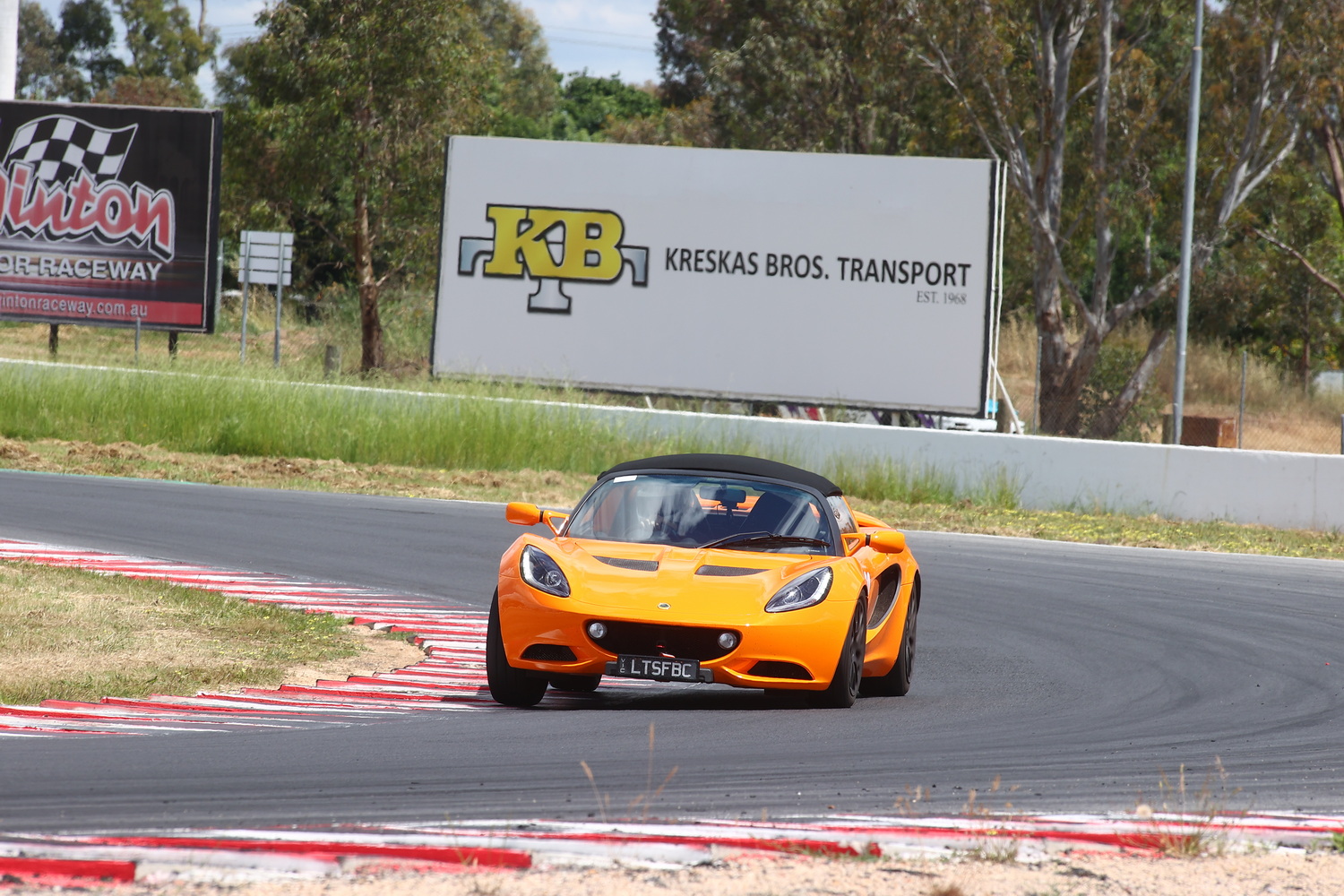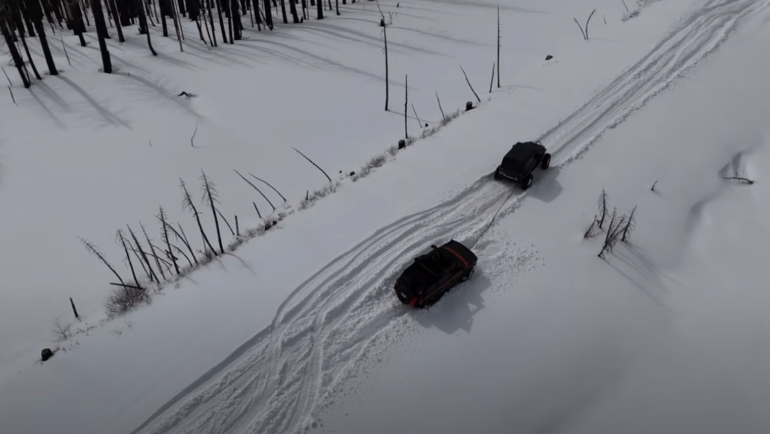
Lightness in action – why not for 4X4s?
Making a vehicle light is what is known as a virtuous circle.
The lighter a vehicle is, the less strong the components need to be, which means they’re lighter…and that’s the circle. A lighter car needs a less powerful, and therefore heavy engine. The brakes don’t need to be as heavy-duty as there’s less energy to dissipate. The car accelerates more quickly, can hold a higher cornering speed, stops quicker and is more agile. A powerful engine improves straight-line speed, but low weight makes the car quicker everywhere.
A specific case in point is shown in the photograph above. It’s my Lotus Elise at Winton, taking a bit of kerb. The rippling on the kerb will upset most cars – certainly my 86 and Pulsar aren’t fans – but the Lotus doesn’t mind. The reason is the Lotus’ soft suspension is easily able to absorb the ripples and not bounce, which slows the car and requires time-consuming corrections.
So why does the Elise car have soft suspension, when most sports cars are stiff? Because it’s light, less than 900kg. That means there’s relatively little body roll when cornering, so there’s less need for stiff suspension. And that soft suspension means those kerbs can be ridden, so the corner radius can be increased, the corner speed increased, and laptime reduced.
The benefits of light weight are well understood in the sports car world, but in 4X4s…it seems to me that the aftermarket sometimes goes out of its way to create heavy gear which leads to overloading, GVM upgrades, needing to tow a trailer, engine power remaps and more. I do wish at least one manufacturer would care just a bit about light weight. It can be done; take a look at the hiking scene for an example, as I did in this video where I see how much weight the average 4X4 family can save if they look for lightweight gear.


